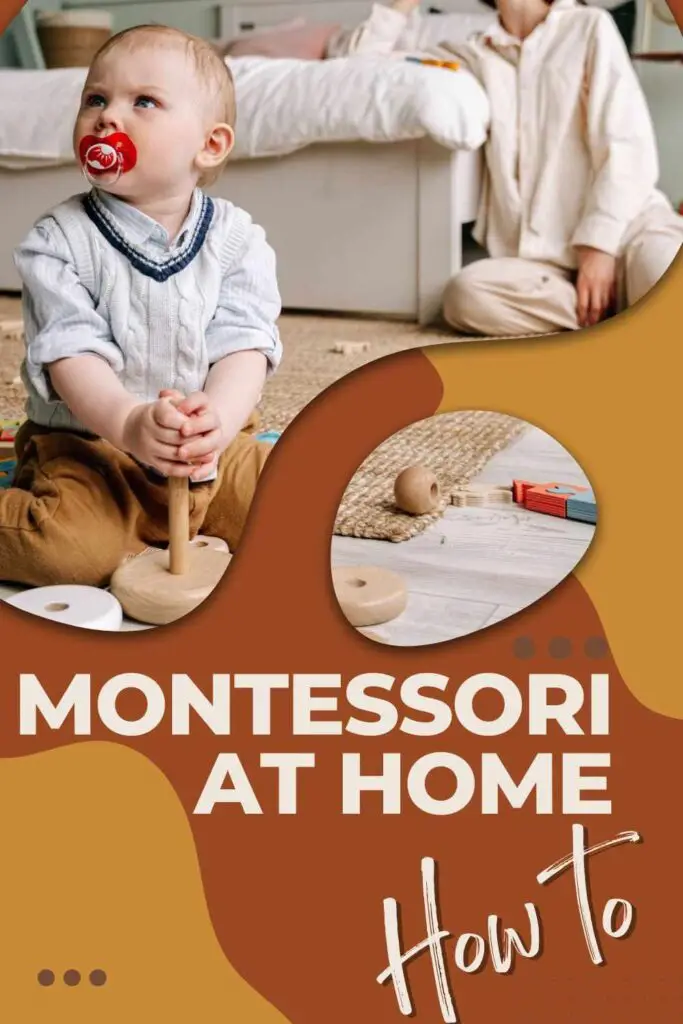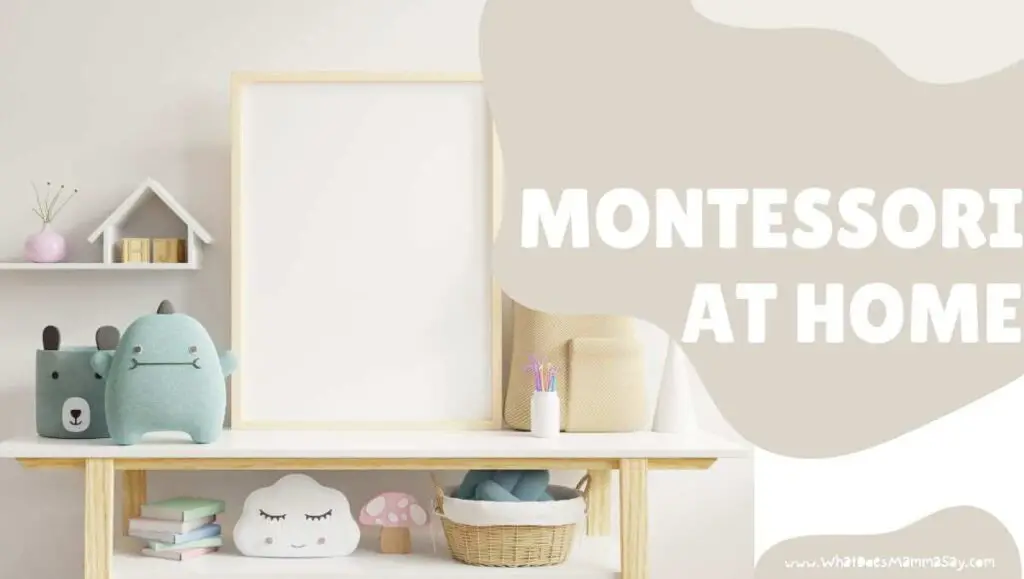In this post, you can find out what exactly the Montessori approach is and how to start integrating Montessori at home to raise your children.
Dr. Maria Montessori’s approach to educating children has been adopted in schools all over the world. In the United States alone, there are about 3,000 Montessori schools currently operating, according to US News. In these classrooms, you can find kids of different ages moving about, working independently or in groups, and exploring all kinds of learning activities.
To the unfamiliar eye, it may seem like there’s no structure, but everything the children choose to do here is meant to develop a well-rounded skillset. As such, this method has also been proven beneficial to kids in the long run.
A study from the University of Virginia found that the more years children were learning in Montessori schools, the better their well-being was as an adult. Best of all, the Montessori approach to education isn’t limited to the classroom either. That is why I believe in the power of using Montessori at home too.
What is the Montessori approach?

The Montessori approach is all about centering the child on their own education. Children can learn at their own pace and choose how they work. It recognizes that all children are different and so are their interests and learning styles. An array of lessons and activities are offered for them to choose from, and this freedom develops their independence and fosters a love for learning.
Children also spend as much time as they need for their activities without interruption or time limits so they can absorb the knowledge rather than simply memorize it.
While learning is child-led, they aren’t doing whatever they want without reason, they are also guided by teachers, peers, and various learning materials. These forms of hands-on guidance build curiosity and self-reliance in learning. As a parent, offering guidance in this way falls in your hands when using Montessori at home.
How to approach Montessori at home
Let them take responsibility at home
Even as young as they are, children can participate in caring for the home by doing age-appropriate chores. Some examples of this include asking them to pack away their toys, make their bed, or do some light cleaning. Make your house accessible for your child by giving them age-appropriate tools or placing their things where they can reach on their own so they can practice these tasks by themselves.
Julie Lythcott Haims, author of ”How to Parent an Adult”, emphasizes that doing chores is linked to success and work ethic in adulthood. This is because doing their own tasks is a great way to introduce children to being responsible even with minimal supervision.
Allow them to pursue their interests
It’s natural to want to lead your children’s interests and pursuits. However, this can limit a child’s potential. Instead, find a compromise with your child. While you can still encourage them to try the activities you’d like, be open to letting them choose their own extracurriculars.
Talk to your child, ask them what activities they want to do, and make adjustments that suit their age and personality.
Have a variety of toys or materials at home and allow them to explore as much as they need to. Giving them a choice gives you insight into who they are and what they need to learn.
Establish trust with your child
A child’s toddler years are the best time to establish good habits and routines, but it’s hard for parents to let them go and do things independently. Taking too much control of your child’s everyday tasks can add pressure and leave them feeling helpless when they have to do it on their own.
In ”The Montessori Toddler”, educator Simone Davies argues that in trusting your child, you can actually help them ease into positive behaviors like brushing their teeth, using the toilet cleanly, and even dealing with their siblings (without chaos) every day. Raising your toddler doesn’t have to be a gruelling challenge. By using Montessori at home, you put your trust in them, it can be a rewarding time for building mutual curiosity, respect, and discovery.
The Montessori at home approach can be great for your toddler’s development in many ways. Trust, choice, and freedom are essential to raising your child to be independent and reliable.
Let us know if these tips were helpful, and for more about Montessori at home, read the post Essential Montessori Materials for Toddlers.
Author
Joanna Dever is a freelance writer who enjoys writing about family and children’s development. When she’s not writing something new, she enjoys spending time with her husband, daughter, and their adopted pup.

Hi there! We are Cristina and Monica, moms, teachers and friends. Read more about us and our mission here.

